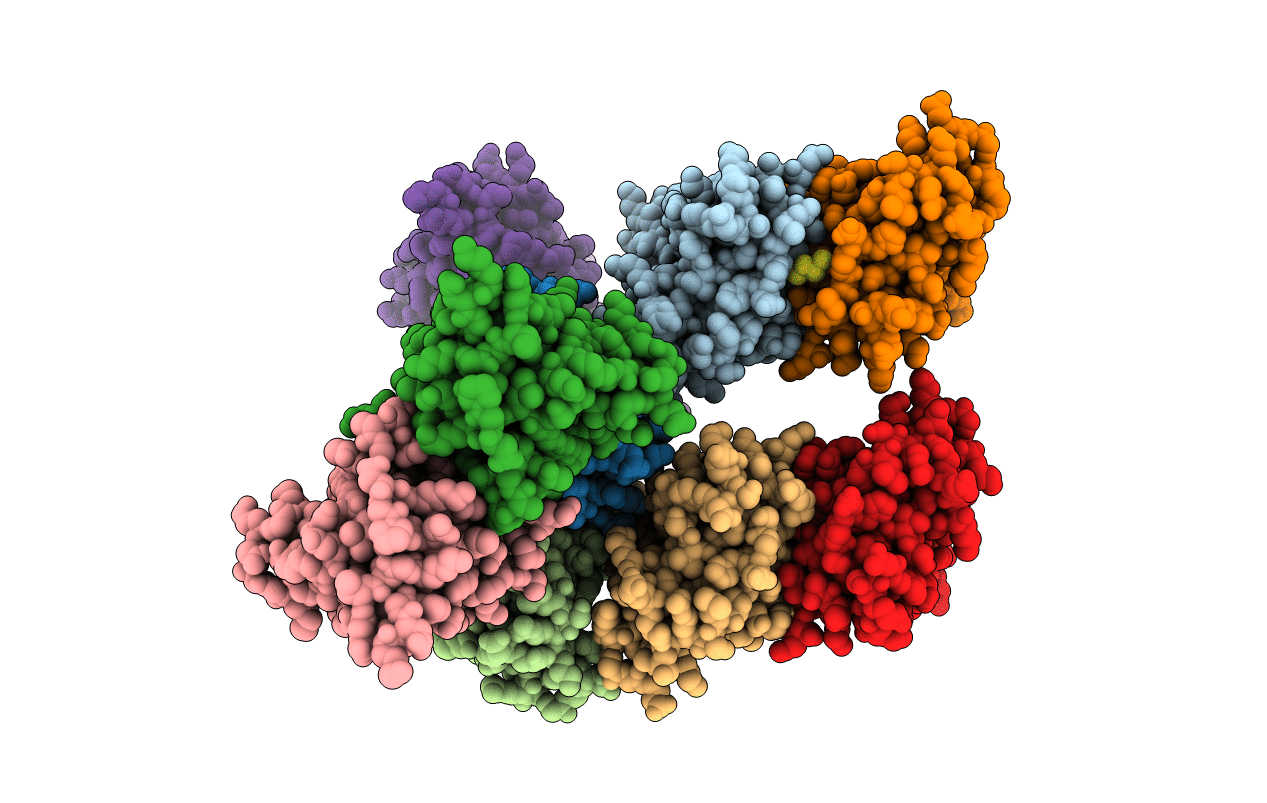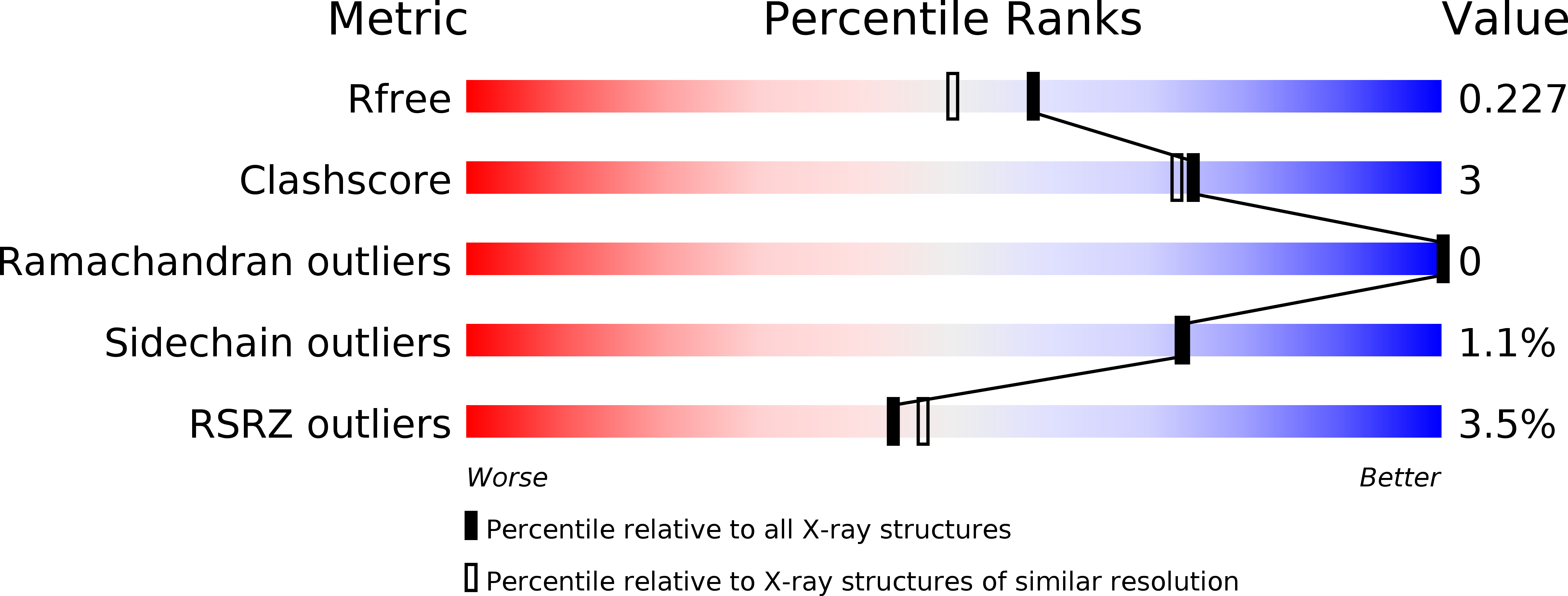
Deposition Date
2017-11-22
Release Date
2018-11-21
Last Version Date
2024-11-13
Method Details:
Experimental Method:
Resolution:
1.90 Å
R-Value Free:
0.22
R-Value Work:
0.18
R-Value Observed:
0.18
Space Group:
P 63 2 2


